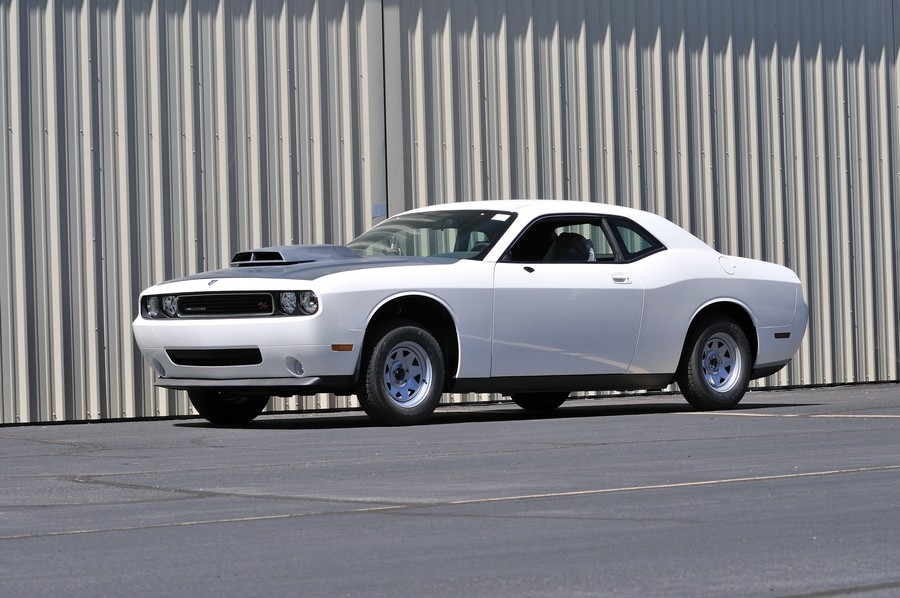• One of approximately 90 factory-built
• Identification plate with unique serial number sequence
• Primed and painted body
• 6.1L Hemi engine prepared for drag racing
• Special BIW modified for drag racing and approximately 1,000 lbs lighter than production
• Composite lift-off hood with functional scoop
• Lightweight drag-race-only front-brake assembly
• Lightweight cooling module with electric fan
• Lightweight instrument panel assembly
• Special cable-operated throttle pedal and linkage
• Manual rack-and-pinion steering
• Polycarbonate door windows
• Front-chin spoiler
Dale Novak
Dale started his love of cars by collecting Hot Wheels as a child. His first car was a dead 1970 Dodge Challenger 440 R/T, acquired for the princely sum of $500. He’s been buying, selling, restoring, collecting and otherwise obsessing over classic cars ever since. Dale serves as the voice of Auctions America as well as Tom Mack and Carlisle Auctions. He also serves as a Contributor and Senior Auction Analyst for SCM and ACC. Dale’s collection includes a 1966 Sunbeam Tiger, a “Mister Norm’s” 1970 Dodge Challenger 440 R/T and an ultra-rare 1940 Plymouth convertible (to name a few). When he’s not immersed in the world of classic cars, Dale applies his talents as a seasoned marketing and advertising consultant.
